Home>Home Appliances>Home Automation Appliances>What Is The Difference Between Amazon Echo And Alexa
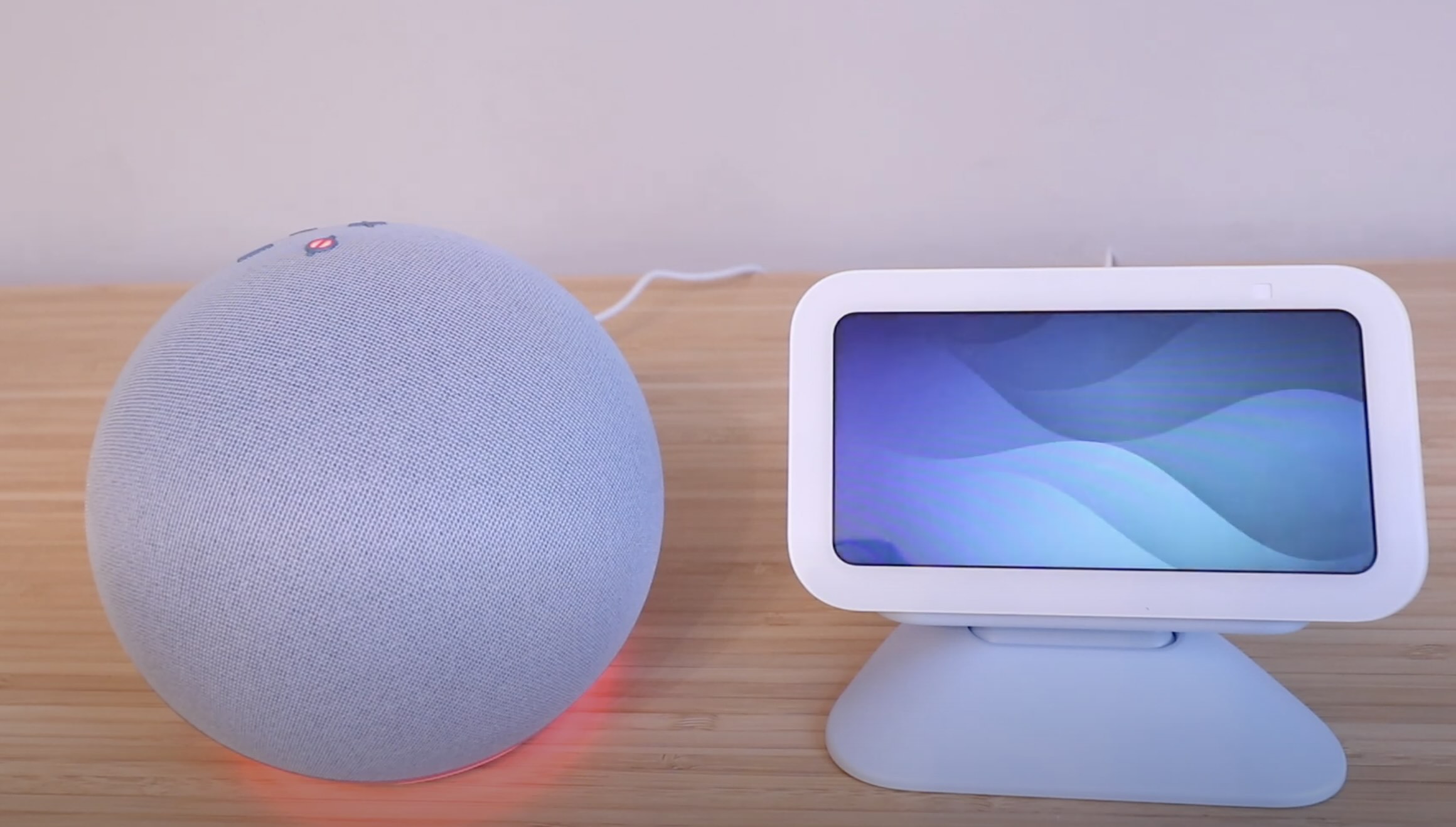

Home Automation Appliances
What Is The Difference Between Amazon Echo And Alexa
Published: January 4, 2024
Discover the key distinctions between Amazon Echo and Alexa, and find the ideal home automation appliances for your needs. Explore the features and functionalities to make an informed decision.
(Many of the links in this article redirect to a specific reviewed product. Your purchase of these products through affiliate links helps to generate commission for Storables.com, at no extra cost. Learn more)
Introduction
In the realm of home automation and smart technology, the names "Amazon Echo" and "Alexa" have become synonymous with cutting-edge innovation and seamless integration into our daily lives. The dynamic duo has revolutionized the way we interact with our living spaces, offering a plethora of features designed to simplify tasks, enhance entertainment, and provide valuable information at our beck and call.
Amazon Echo, a smart speaker developed by the tech giant Amazon, and Alexa, the intelligent virtual assistant powering the Echo, have collectively reshaped the concept of a connected home. As we delve into the intricate web of home automation, it's essential to grasp the nuances that set these two innovations apart and understand how they complement each other to elevate the overall user experience. Let's embark on an enlightening journey to unravel the distinctive characteristics of Amazon Echo and Alexa, exploring their individual functionalities and uncovering the key differences that define their roles in the realm of smart living.
Key Takeaways:
- Amazon Echo is the physical smart speaker, while Alexa is the virtual assistant that powers it, creating a seamless interface for users to control their smart homes.
- Together, Amazon Echo and Alexa redefine the way we interact with our living spaces, seamlessly blending physical and virtual elements to create a truly immersive smart home experience.
Amazon Echo
Amazon Echo stands as a beacon of technological prowess, seamlessly blending into the modern home with its sleek design and multifaceted capabilities. At its core, the Echo is a smart speaker that harnesses the power of voice recognition to execute an array of tasks, ranging from playing music and setting alarms to controlling compatible smart home devices. Boasting an array of advanced microphones and cutting-edge audio processing, the Echo is adept at deciphering commands even in bustling environments, ensuring that your voice is heard loud and clear.
One of the defining features of the Amazon Echo is its integration with Amazon’s virtual assistant, Alexa. This amalgamation of hardware and software empowers users to interact with their smart homes in a more intuitive and immersive manner. The Echo serves as the physical conduit through which Alexa delivers a myriad of services, from relaying weather updates and news briefs to facilitating hands-free communication and managing to-do lists. With a growing repertoire of skills and capabilities, the Echo continues to evolve, enriching the lives of its users with each update.
Beyond its role as a conduit for Alexa, the Echo serves as a hub for smart home control, allowing users to seamlessly manage compatible devices with simple voice commands. From adjusting the thermostat to dimming the lights, the Echo acts as a centralized command center, streamlining the operation of various interconnected appliances and systems. This level of integration not only enhances convenience but also fosters a more interconnected living space, where technology harmoniously complements daily routines.
Moreover, the Echo’s compatibility with various third-party applications and services further expands its utility, enabling users to leverage a diverse array of entertainment options, productivity tools, and lifestyle enhancements. Whether it’s ordering a pizza, summoning a ride, or delving into a captivating audiobook, the Echo serves as a gateway to a vast ecosystem of digital experiences, all effortlessly accessible through the power of voice.
As a cornerstone of modern smart living, the Amazon Echo continues to captivate users with its seamless blend of functionality, style, and adaptability. Its role as a conduit for Alexa, coupled with its prowess as a smart home hub, solidifies its position as a linchpin in the ever-expanding landscape of home automation.
Alexa
Alexa, the brain behind the Amazon Echo, embodies the pinnacle of virtual assistant technology, seamlessly integrating into the fabric of our daily lives to deliver unparalleled convenience and efficiency. Powered by artificial intelligence and machine learning, Alexa is designed to understand and respond to natural language commands, transforming the way we interact with our smart devices and access information.
At its core, Alexa serves as a virtual assistant, capable of executing a wide array of tasks with just a simple voice command. Whether it’s setting reminders, providing real-time weather updates, or answering burning questions, Alexa stands ready to cater to the diverse needs of its users. This intuitive interface transcends the traditional boundaries of human-device interaction, fostering a more natural and streamlined approach to managing daily tasks and accessing information.
One of Alexa’s most compelling attributes lies in its extensive skill set, which continues to expand through third-party developers and Amazon’s ongoing innovation. These skills enable Alexa to seamlessly integrate with an ever-growing ecosystem of smart home devices, entertainment platforms, and productivity tools, amplifying its utility and versatility. From controlling smart lights and thermostats to playing music from various streaming services, Alexa’s adaptability empowers users to orchestrate their living spaces with unparalleled ease.
Moreover, Alexa’s ability to learn and adapt to user preferences fosters a personalized and tailored experience, ensuring that each interaction feels bespoke and intuitive. Through continuous refinement and optimization, Alexa evolves alongside its users, refining its understanding of individual preferences and refining its ability to anticipate and fulfill their needs.
Furthermore, Alexa’s integration with Amazon’s vast array of services, including Prime Music, Audible, and Amazon Prime shopping, elevates the overall user experience, seamlessly intertwining entertainment and convenience. This integration not only enhances the accessibility of these services but also fosters a more cohesive and immersive digital ecosystem, where users can seamlessly transition between various facets of their connected lifestyles.
As the driving force behind the Amazon Echo, Alexa embodies the epitome of virtual assistant technology, continually pushing the boundaries of what is possible in the realm of smart living. Its seamless integration, extensive skill set, and adaptability underscore its pivotal role in reshaping the way we interact with our homes and navigate the digital landscape.
Amazon Echo is the smart speaker device, while Alexa is the virtual assistant that powers it. So, when comparing the two, remember that Echo is the hardware and Alexa is the software.
Key Differences
While Amazon Echo and Alexa are closely intertwined, they represent distinct components within the realm of smart home technology, each offering unique functionalities and playing a pivotal role in enhancing the overall user experience.
- Hardware vs. Software: At its core, Amazon Echo is a physical smart speaker that serves as the conduit for interacting with the virtual assistant, Alexa. It encompasses advanced audio hardware and microphones designed to capture and process voice commands, creating a seamless interface for users to engage with their smart homes. On the other hand, Alexa represents the software intelligence that powers the Echo and extends its capabilities, serving as the virtual assistant that interprets commands, retrieves information, and orchestrates various tasks.
- Functionality: The Amazon Echo primarily functions as a smart speaker and a centralized hub for smart home control, offering high-fidelity audio output and the ability to interface with a wide array of compatible devices. Its hardware-centric nature positions it as a tangible and versatile component of the smart home ecosystem. In contrast, Alexa’s functionality revolves around virtual assistance, leveraging artificial intelligence to understand and execute voice commands, access information, and integrate with an extensive range of third-party services and applications. Its software-driven nature enables it to continuously expand its capabilities and adapt to evolving user needs.
- Integration and Expansion: The Amazon Echo serves as a foundational hardware component that seamlessly integrates with Alexa, providing a platform for users to interact with the virtual assistant and control their smart home devices. While the Echo’s capabilities are inherently tied to its hardware specifications, its integration with Alexa allows for ongoing expansion and enhancement of functionalities through software updates and third-party integrations. Alexa, as the virtual assistant, embodies a dynamic and evolving entity, continually expanding its skill set and adaptability through updates and integrations with an ever-growing ecosystem of services and devices.
Ultimately, the key differences between Amazon Echo and Alexa underscore the symbiotic relationship between hardware and software, with the Echo serving as the tangible interface and Alexa driving the intelligence and functionality behind the scenes. Together, they form a cohesive and powerful duo that redefines the way we interact with our living spaces, seamlessly blending physical and virtual elements to create a truly immersive smart home experience.
Conclusion
In the vibrant tapestry of smart home technology, the tandem of Amazon Echo and Alexa stands as a testament to the seamless fusion of hardware and software, redefining the way we engage with our living spaces and access information. The Amazon Echo, with its sleek design and multifunctional capabilities, serves as a tangible gateway to the world of smart living, offering high-fidelity audio output and seamless integration with a myriad of smart home devices. Meanwhile, Alexa, the virtual assistant powering the Echo, embodies the pinnacle of artificial intelligence and natural language processing, seamlessly interpreting voice commands and orchestrating a diverse array of tasks and interactions.
Throughout our exploration of these innovative entities, it becomes evident that the Amazon Echo and Alexa represent distinct yet interdependent components within the realm of smart home technology. The Echo serves as the physical conduit through which users interact with the virtual assistant, leveraging its advanced hardware to capture and process voice commands, while Alexa stands as the intelligent force driving the Echo’s capabilities, continuously expanding its skill set and adaptability through ongoing updates and integrations.
As we embrace the era of connected living, the synergy between the Amazon Echo and Alexa epitomizes the harmonious coexistence of hardware and software, offering a seamless and immersive user experience that transcends traditional boundaries. From controlling smart home devices to accessing a wealth of information and entertainment, this dynamic duo has reshaped the way we navigate our living spaces, fostering a more intuitive, efficient, and personalized approach to daily interactions.
In essence, the journey through the realm of Amazon Echo and Alexa unveils a captivating fusion of innovation and intelligence, where the tangible and the virtual converge to create a truly transformative smart home experience. As these technologies continue to evolve and intertwine, their impact reverberates across the landscape of modern living, empowering users to embrace a more connected, efficient, and enriching lifestyle.
With each interaction and integration, the Amazon Echo and Alexa redefine the boundaries of what is possible, transcending the conventional paradigms of human-device interaction and paving the way for a future where seamless connectivity and intelligent assistance seamlessly intertwine to enhance every facet of our daily lives.
Frequently Asked Questions about What Is The Difference Between Amazon Echo And Alexa
Was this page helpful?
At Storables.com, we guarantee accurate and reliable information. Our content, validated by Expert Board Contributors, is crafted following stringent Editorial Policies. We're committed to providing you with well-researched, expert-backed insights for all your informational needs.
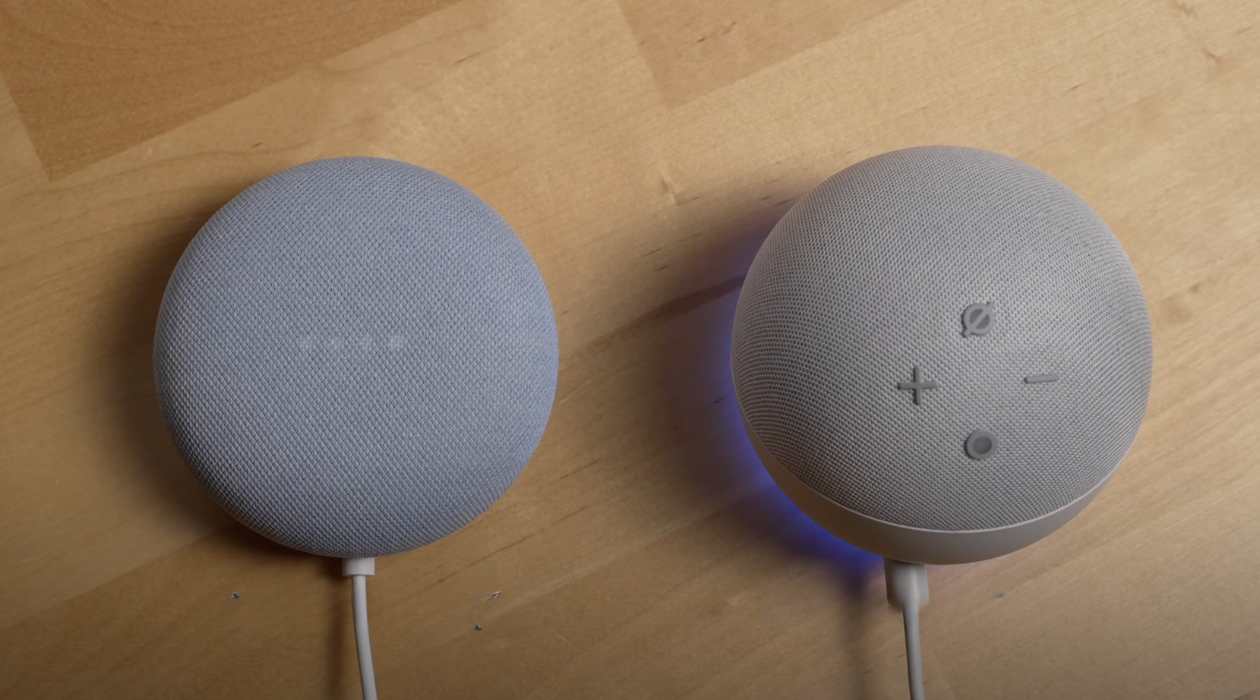
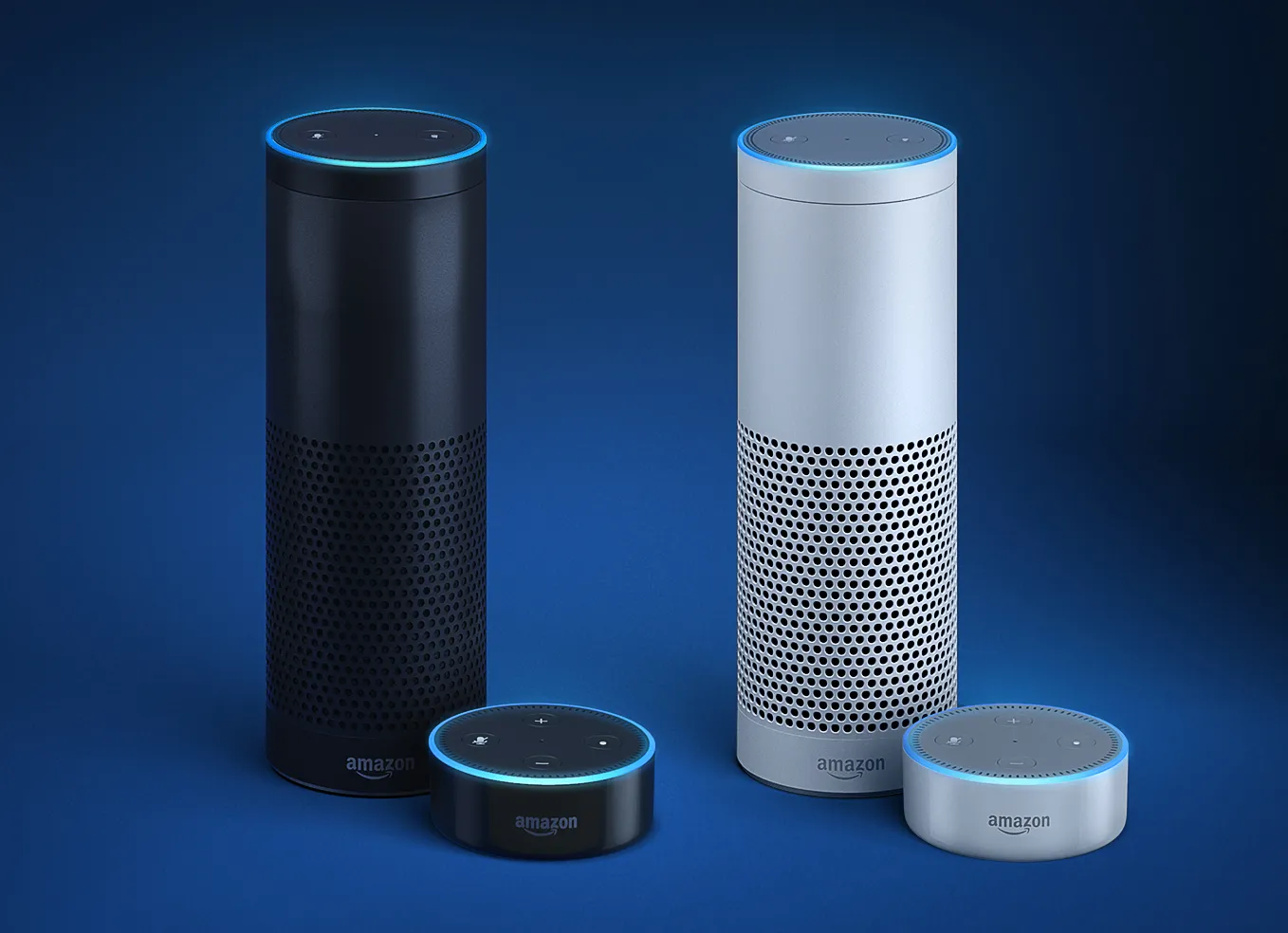
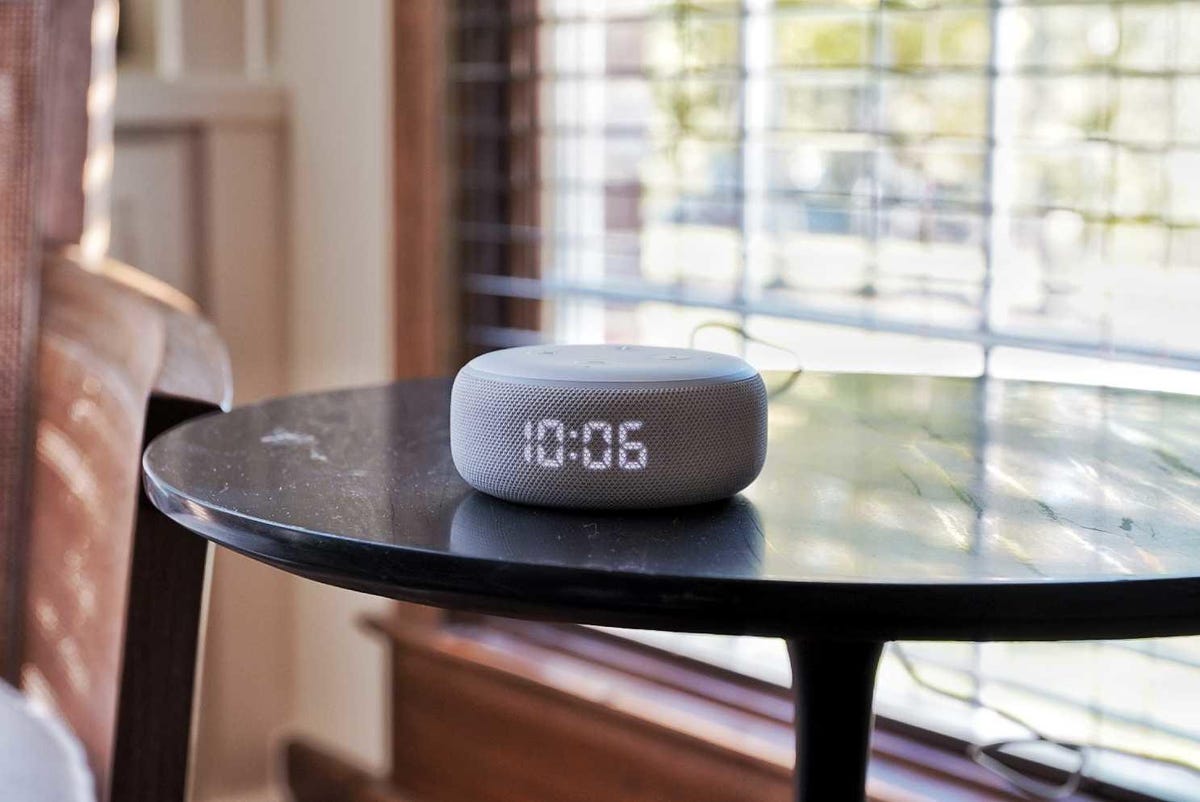
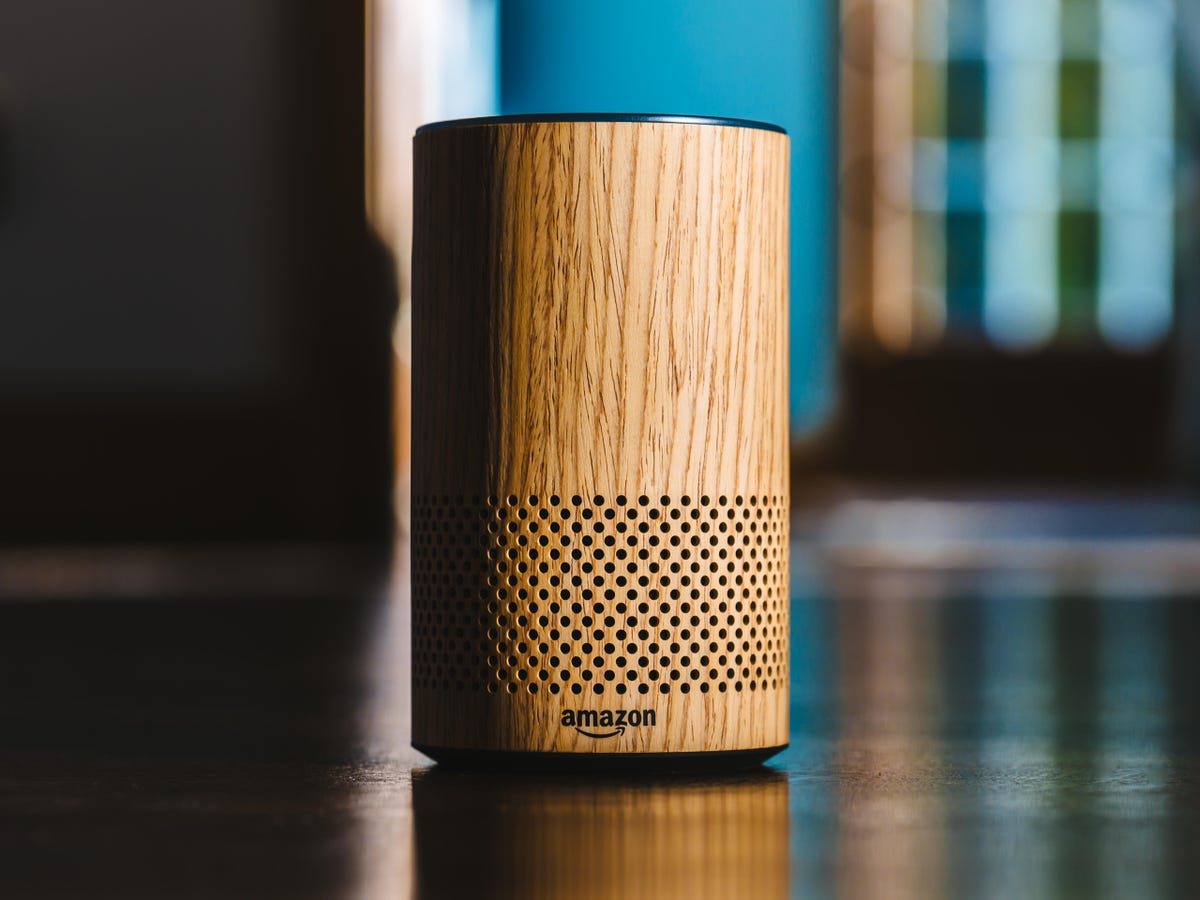
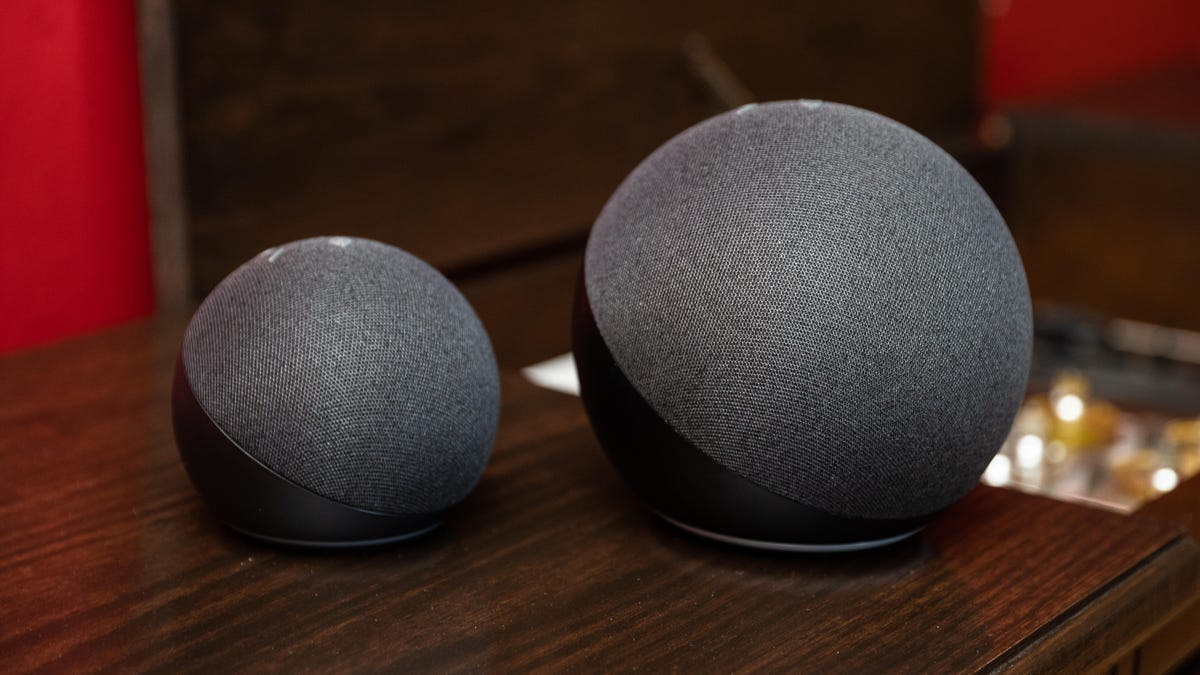
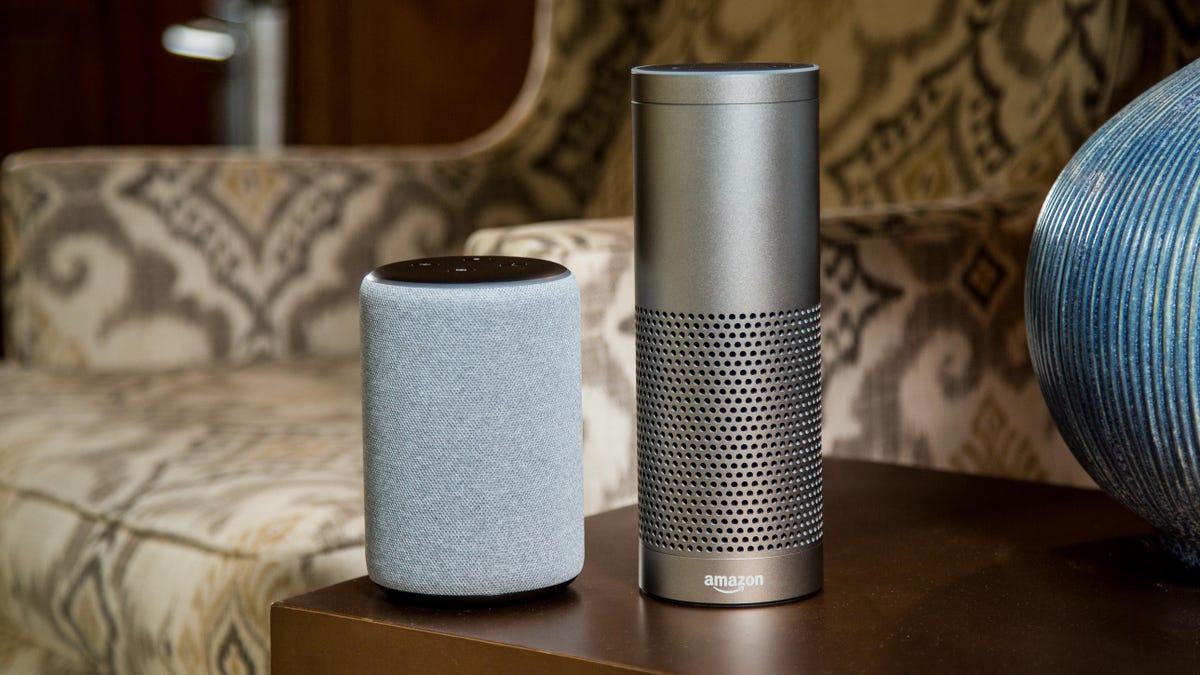
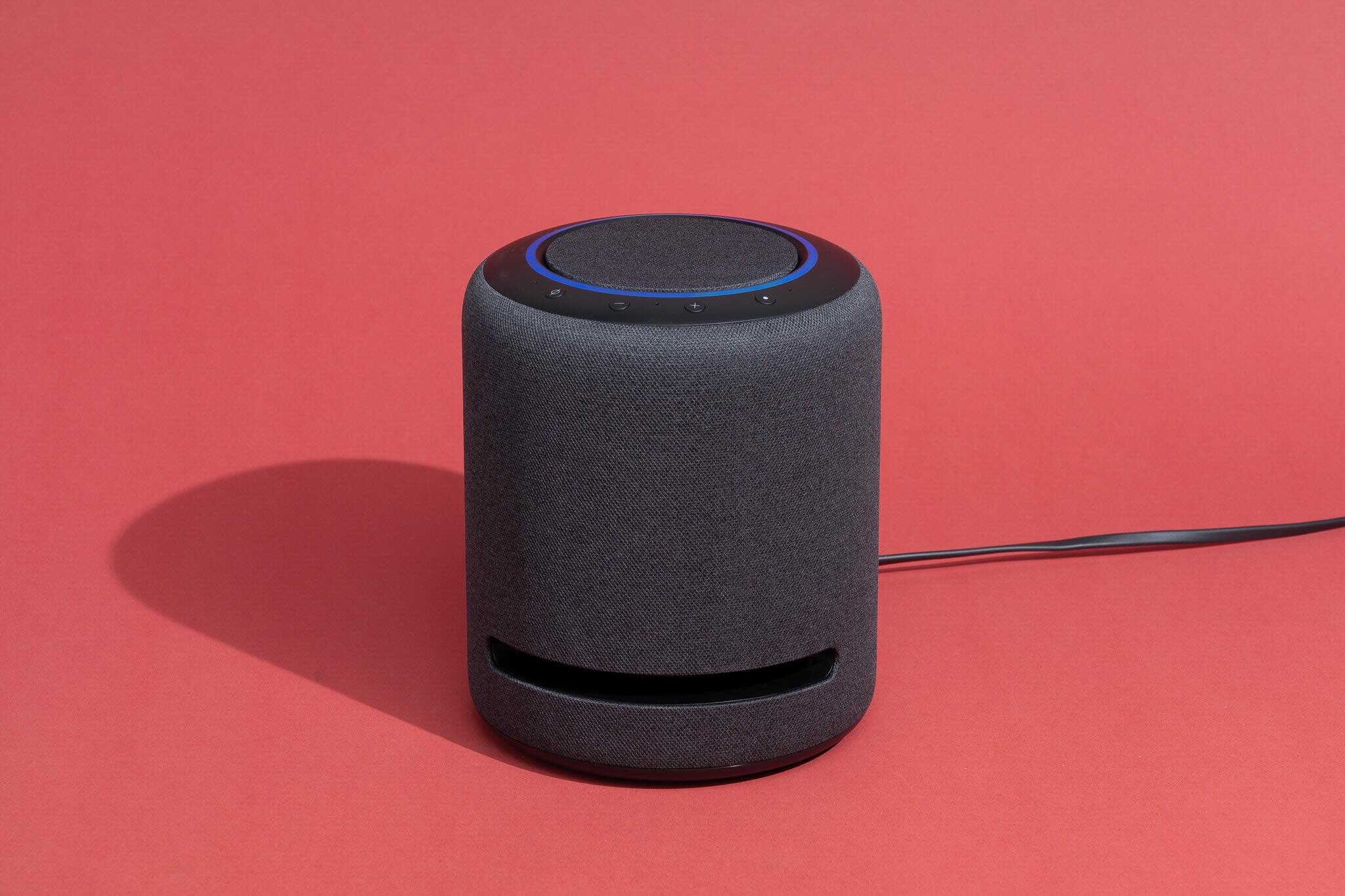
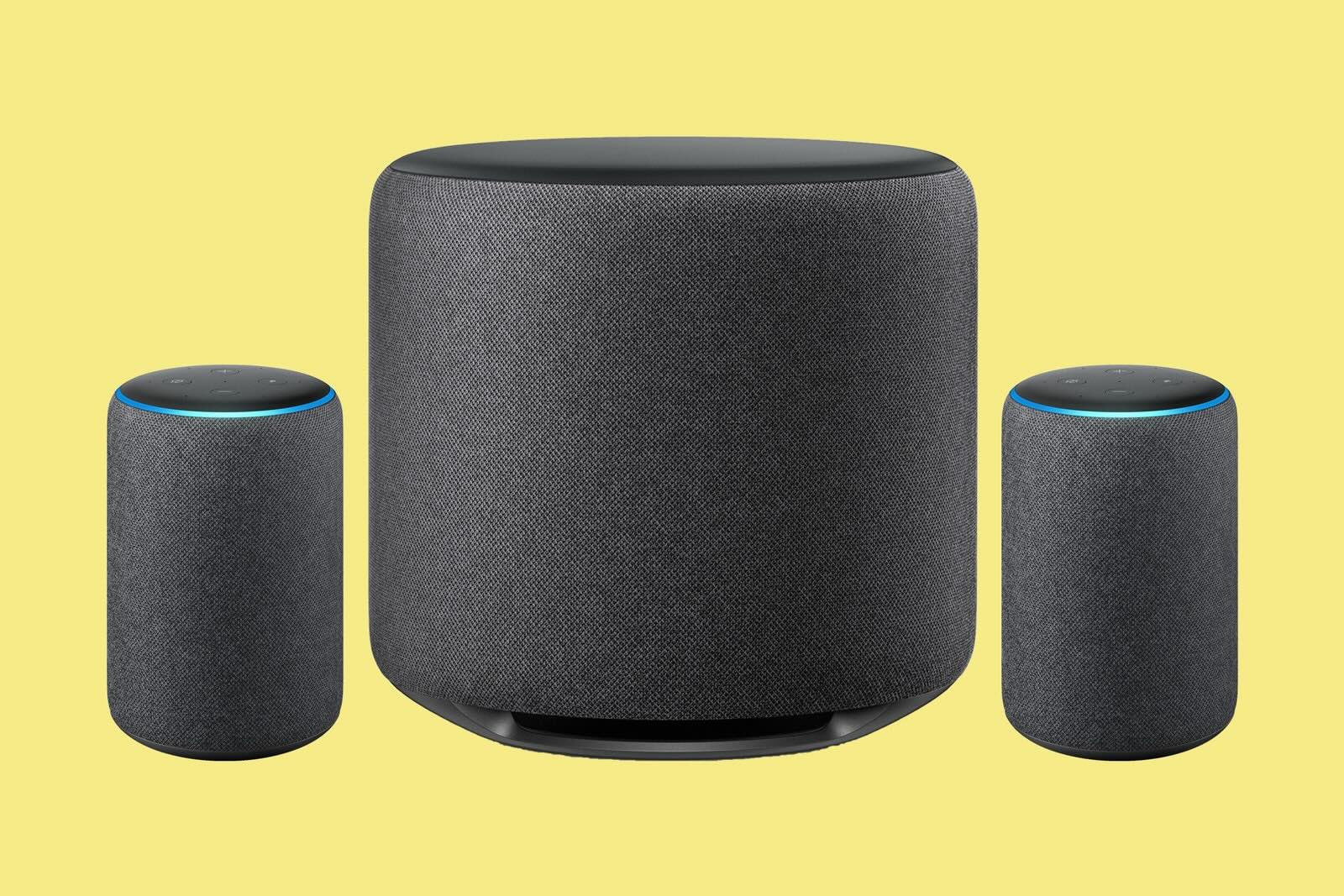




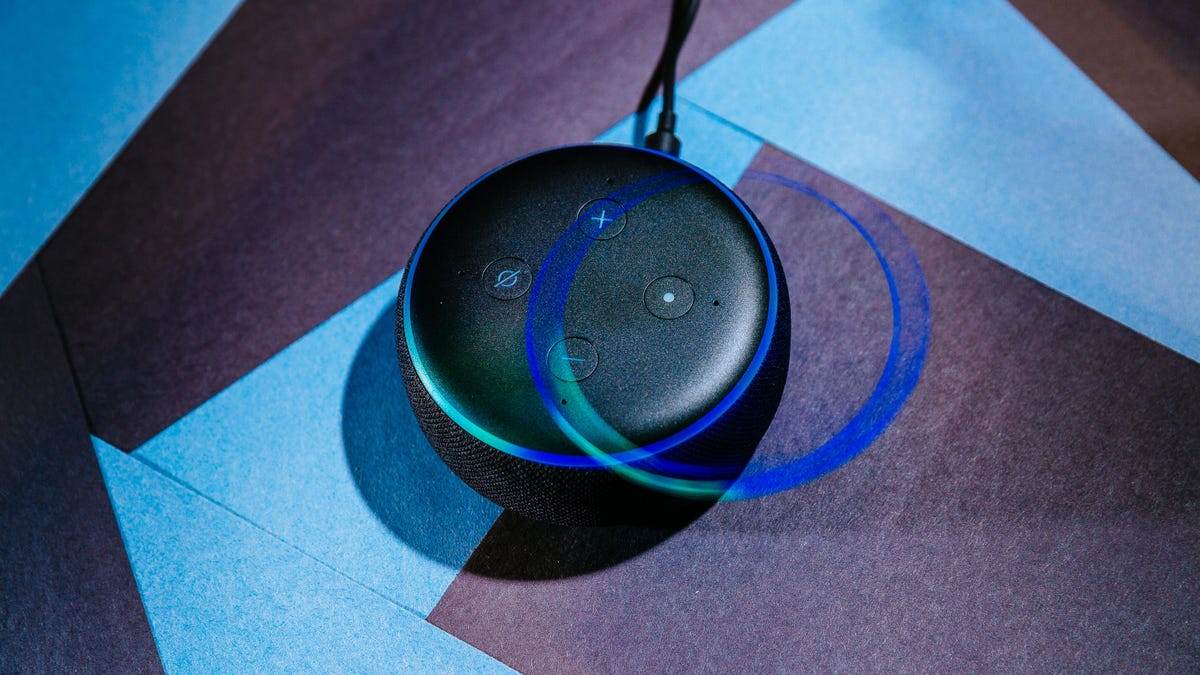
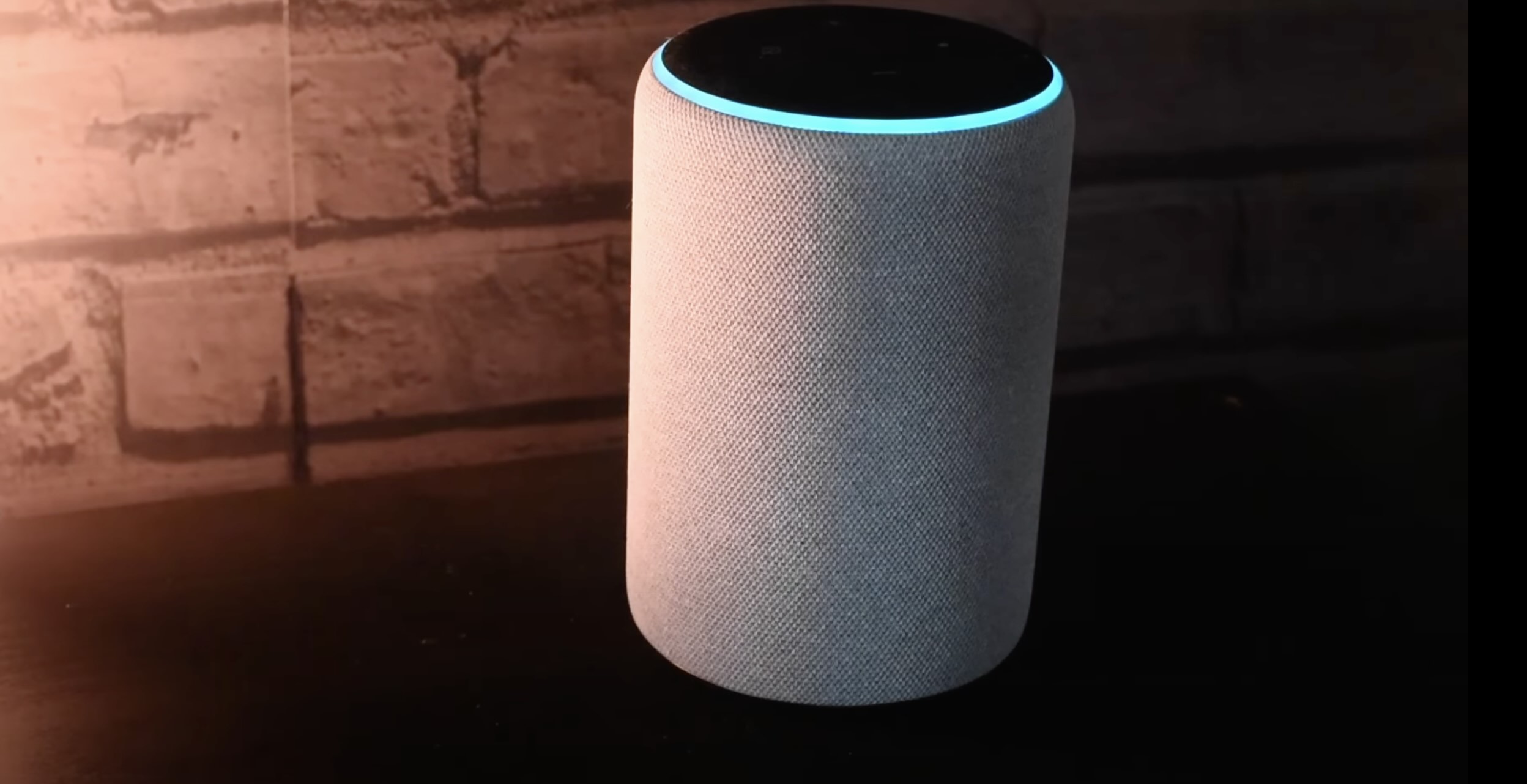


0 thoughts on “What Is The Difference Between Amazon Echo And Alexa”